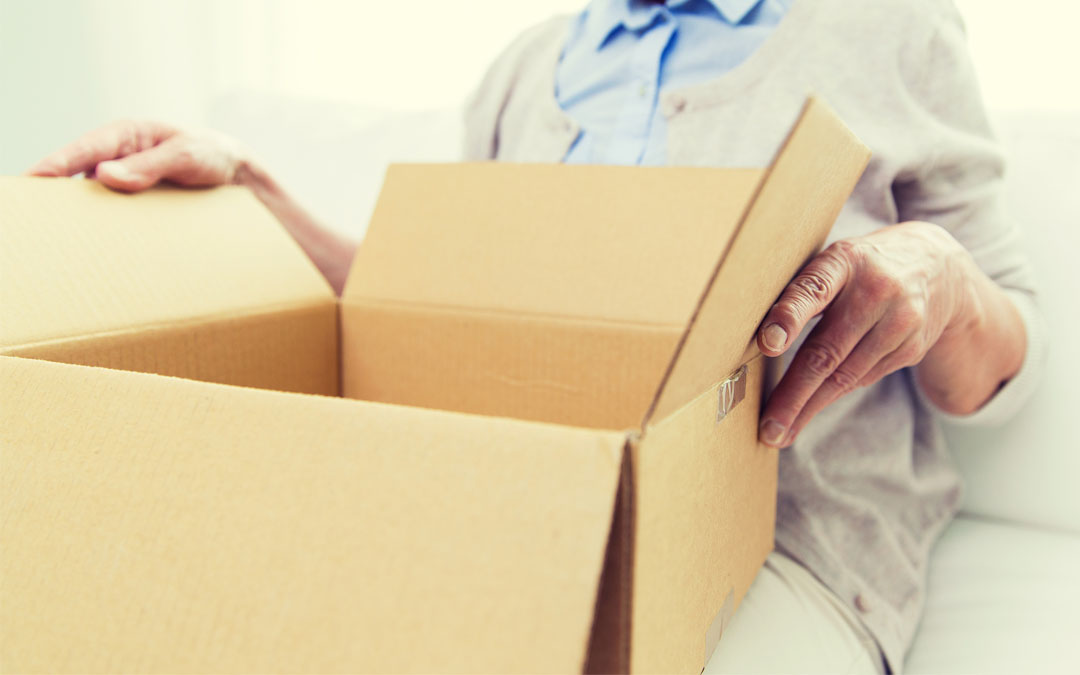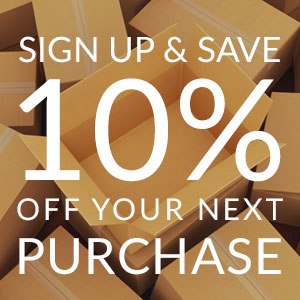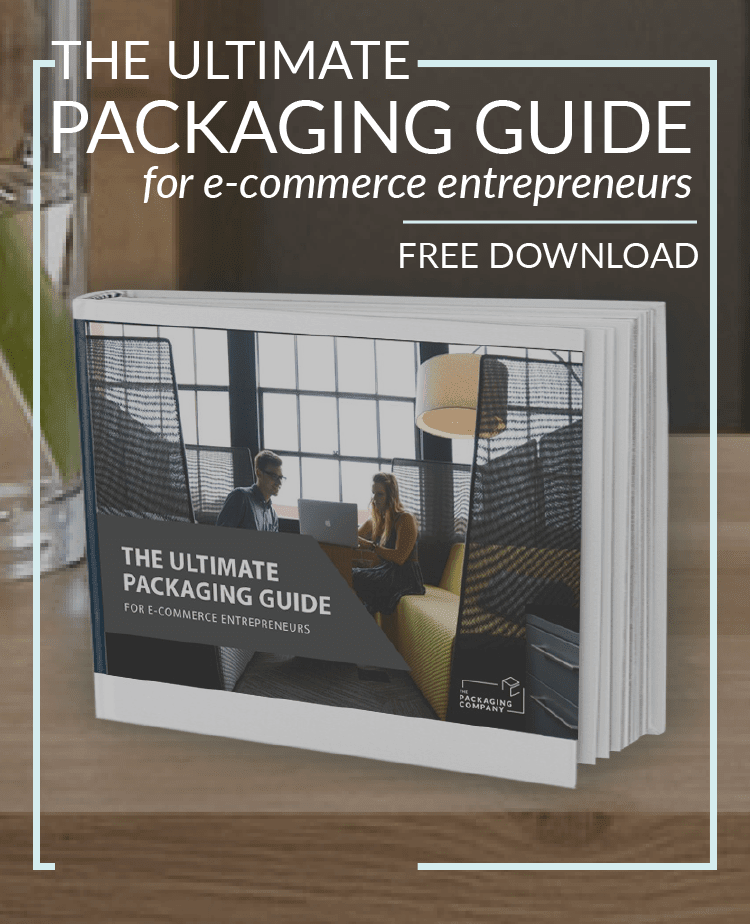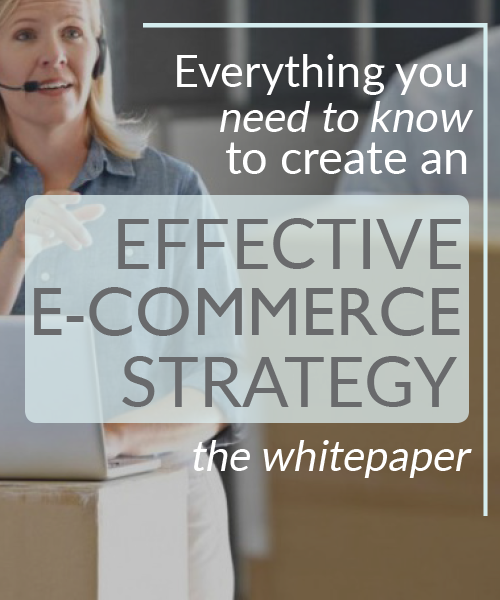The times, they are a-changin’. This is especially true in the packaging world, as every year brings new ideas to light. It may be a new packaging material, the refinement of an existing one, or it may even be the introduction of processes that reduce costs and increases everyone’s access (like our custom boxes). These new ideas spark trends that spread across the packaging world and make things interesting for everyone. With that in mind, let’s take a look at our expectations for 2018 packaging trends. Many of these have been trends for years, but are now being refined and improved thanks to the passage of time and the collection of customer, marketing and packaging data.
Long-life and extra-padded packaging
Products are travelling farther across the world than ever before, and in greater numbers than ever before as well. With such an increase in shipping volumes and times, organic products can potentially spoil and expensive products can suffer greater damage.
New techniques and materials are being used to extend the life of food and other organic materials, so they survive longer transit times and longer stays on the shelf. This is proving to be especially important and beneficial for the transportation of first aid items, medicines and highly-perishable objects like human organs for transplantation.
Unboxing and personalized experiences
Unboxing has been a big thing for a while now. But, thanks to the collection of data, it’s now possible (and more important than ever) to truly customize the unboxing and delivery experiences for customers. This can include things like packaging styles, container choices, inclusion of personalized gifts based on purchasing history, and plenty more. This ensures that everyone feels truly appreciated and unique, despite being one among an entire group of customers.
Streamlined packaging choices
While unboxing is essentially a requirement now, it’s also expected that packaging be reduced to its absolute essentials. Though customers love unboxing, they value their time above all else and don’t want to remove layer after layer to get to their purchase. And to a lesser extent, this wastefulness of packaging and stress on the environment reflects badly in their eyes. Simple and clean, functional and pretty (but not flashy) seems to be the direction that packaging design is moving in.
Lightweight and flexible packaging choices
With shipping volumes on the rise, businesses (especially of the e-commerce kind) need a smarter, more flexible strategy to their packaging use. Not everything needs a box, and not everything needs an abundance of void fill. Bubble mailers are often a smart alternative to shipping a product in an oversized container. Choices like this save packing time, packaging materials and shipping costs—and many of these materials are recyclable or at least easily reused. With less energy and materials being spent, it’s better for the environment and the bottom line of a business.
Customized packaging shapes and designs
There’s so much competition out there that it’s important to find ways to truly stand out. Thankfully, with the rise of custom boxes and packaging styles, options are more plentiful than ever. Many brands (especially the smart ones) will take this a step further, using conventional container shapes in unlikely ways. Imagine using a cereal box as packaging for clothing, or a foil wrapper to contain a new smartphone or accessory. The unexpected and the original will win in the game of packaging.
Multi-use packaging containers
The move towards more reusable containers has financial and environmental benefits for both packaging itself and the businesses that use them. Modern packaging can be biodegradable, recyclable, return-friendly, or even reused in the home (either as-is, or with minimal creative thinking). This makes packaging more sustainable, relevant and environmentally-friendly than ever before—something all businesses should be embracing.
Nostalgic packaging choices
When it comes to packaging, looking backwards can be extremely beneficial. Knowing what worked and what didn’t can herald a contemporary, reductionist approach that sees a simpler, more efficient packaging style take over. Like most 2018 packaging trends explored above, this can reduce packing time, minimize waste and save money. Basics like corrugated boxes, kraft packing paper, and nods to previous packaging styles (like Coca-Cola and Cadbury sometimes do), can pay out dividends in brand personality and customer loyalty.
Now that we’ve shared some thoughts on 2018 packaging trends, we’d love to hear what you think is in store for the world of packaging. Don’t hesitate to comment below, and keep your eye on The Packaging Company—we have a feeling 2018 is going to be a big year in packaging for all of us!




